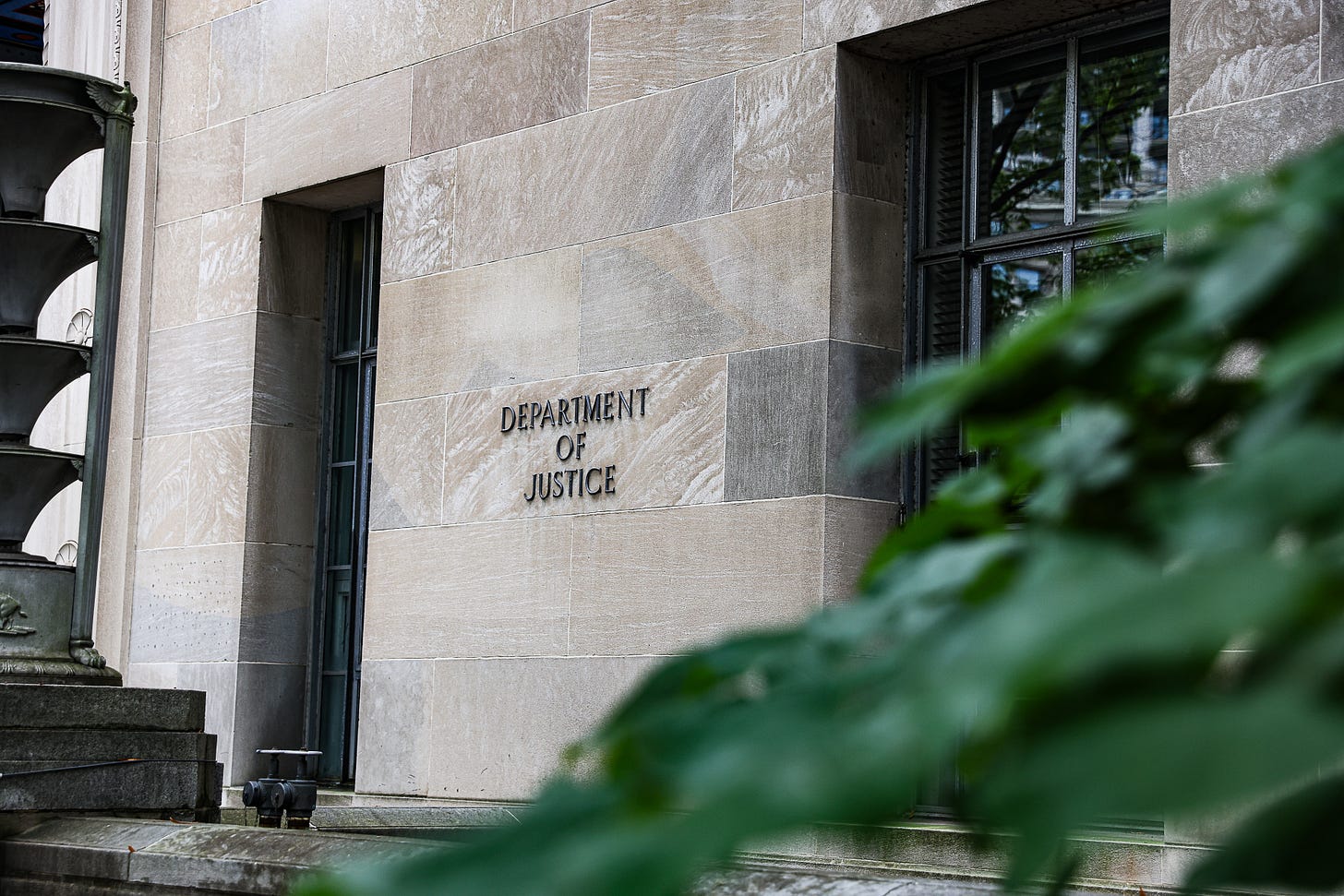The Execution of Humphrey’s Executor
Why removing “for cause” protections would return us to the 19th century spoils system.
This article is part of an ongoing project by American Purpose at Persuasion on “The ‘Deep State’ and Its Discontents.” The series aims to analyze the modern administrative state and critique the political right’s radical attempts to dismantle it.
To receive future installments into your inbox—plus more great pieces by American Purpose and Francis Fukuyama’s blog—simply click on “Email preferences” below and make sure you toggle on the buttons for “American Purpose” and “Frankly Fukuyama.”
Editors’ note: One of the many ways the Trump administration has been skirting or violating the law is by removing officials with “for cause” protections. These positions have traditionally been regarded as apolitical and do not turn over with a change of administrations. William Galston wrote a piece in the Wall Street Journal explaining the historical roots of “for cause” protections in a Supreme Court case known as “Humphrey’s Executor.” Here, Paul Verkuil provides a rundown of the administration’s recent moves to expand executive power by attacking the Humphrey’s decision, perhaps a prelude to even more radical threats to judicial precedent.
On February 12, 2025, Acting Solicitor General Sarah M. Harris sent a required letter to Senator Dick Durbin advising him that the Department of Justice (DOJ) will no longer defend the constitutionality of statutory tenure protections for members of the Federal Trade Commission (FTC), the National Labor Relations Board (NLRB), or the Consumer Product Safety Commission (CPSC), thus seeking to end the life of the 1935 Supreme Court case Humphrey’s Executor v. United States.
This comes as no surprise. Humphrey’s has been in the conservative crosshairs for a long time and the Supreme Court, in Seila Law v. CFPB, put it on life support when it denied “for cause” removal to the single head of the Consumer Financial Protection Bureau in 2020, but did not extend the holding to multi-member bodies like the FTC and the NLRB. President Trump removed NLRB Commissioner Gwynne Wilcox on January 28, 2025, and the case will ultimately make its way to the Supreme Court where the Seila Law exception will be tested and Humphrey’s fate determined.
Humphrey’s survival could turn on the degree to which those agencies perform adjudicatory functions rather than “executive” ones such as policymaking and enforcement. In Wiener v. United States (1958) the Court upheld removal restrictions that protected agency commissioners who exclusively exercised “quasi-judicial authority.” Adjudication is conducted by judges under the protection of the Due Process Clause, which provides a constitutional counter-balance to executive power under Article II.
There is a long tradition going back to English common law of insulating judges from executive interference in their decision-making. It is what the rule of law means—a fair hearing before an impartial decider. And “for cause” is not an insurmountable barrier. It just means that removal must be based on factors such as inefficiency, neglect of duty, or malfeasance, not an arbitrary desire to punish adjudicators for their decisions or, worse, to direct them to decide a case a certain way. So, Humphrey’s could be reversed, and Wiener would still stand. But even that outcome is not assured.
President Trump has also removed Cathy Harris, a tenure-protected member of the Merit Systems Protection Board (MSPB), which is a purely adjudicating agency. These cases will ultimately test the strength of Seila Law’s compromise position. If it doesn’t hold, the Federal Reserve Board (FRB) could well be next. But if that is not enough upheaval, there is more on the horizon.
Acting Solicitor General Harris has informed the Fourth Circuit Court of Appeals in Manis v. USDA that the DOJ will not defend Section 7521 of the Administrative Procedure Act (APA) that assures “for good cause” removal protection for Administrative Law Judges (ALJs). This would mean that over 2,000 ALJs could be removed for political purposes. The APA was enacted by Congress unanimously in 1946 in order to bring due process to the administrative state, and is often called by judges the “administrative constitution.”
There are several off-ramps that could prevent this issue from reaching the Supreme Court, which I will not elaborate on here. But the idea of challenging the APA itself is a big deal. The APA is a statute, of course, not a constitution, and it only applies to agencies that Congress expressly designates. This means that many administrative deciders (called AJs rather than ALJs) are not protected by “for cause” removal. Thus, The Guardian reported on February 15 that the DOJ fired 20 immigration judges (IJs), who are without “for cause” protection. Policy-wise, one has to wonder why anyone would fire immigration judges when there is a backlog of 3.7 million asylum cases and only 700 IJs to decide them. Perhaps that suggests there will be no more asylum cases in the Trump administration.
“For cause” removal is related to the civil service tenure protections that were brought to government by the Pendleton Act in 1883. Ending it will presage a return of the “spoilsmen” and an embarrassing time in our history.
Paul Verkuil is an administrative law scholar who served as Chairman of the Administrative Conference of the United States from 2010 to 2015.
Follow Persuasion on Twitter, LinkedIn, and YouTube to keep up with our latest articles, podcasts, and events, as well as updates from excellent writers across our network.
And, to receive pieces like this in your inbox and support our work, subscribe below:





